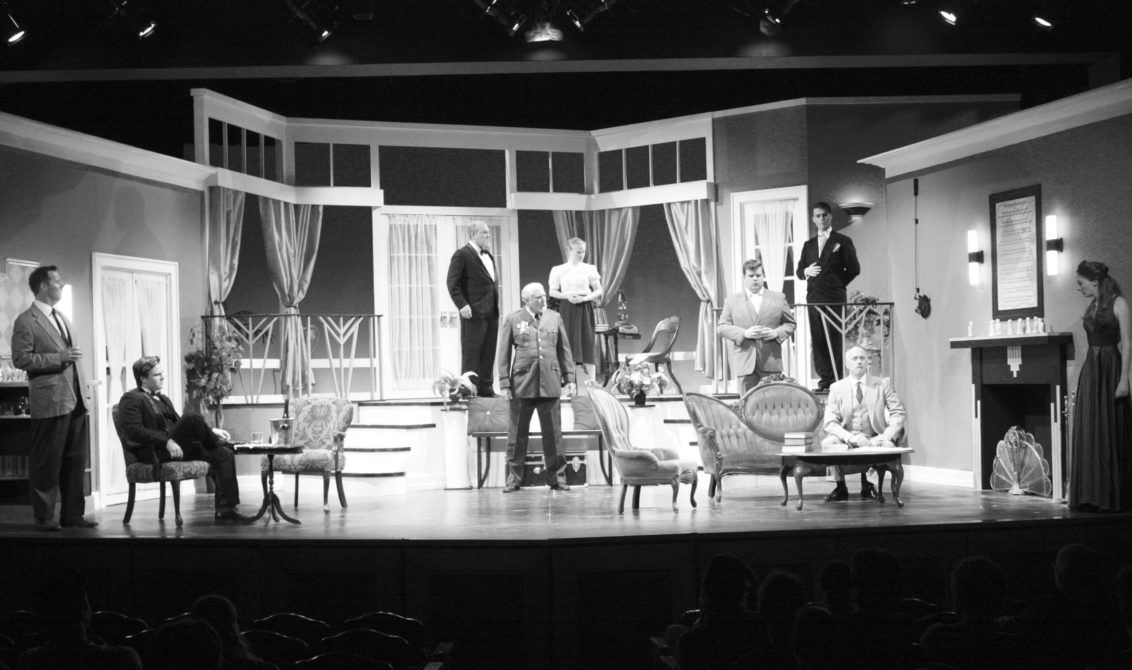 By Mark I. West
By Mark I. West
January 25, 2021
Thousands upon thousands of playgoers have filled the seats in Theatre Charlotte’s auditorium since it first opened to the public in December 1941, but the auditorium stood empty on the evening of December 28, 2020, when an electrical fire broke out. No one was harmed, but the fire resulted in major damage to Theatre Charlotte’s 216-seat auditorium located at 501 Queens Road.
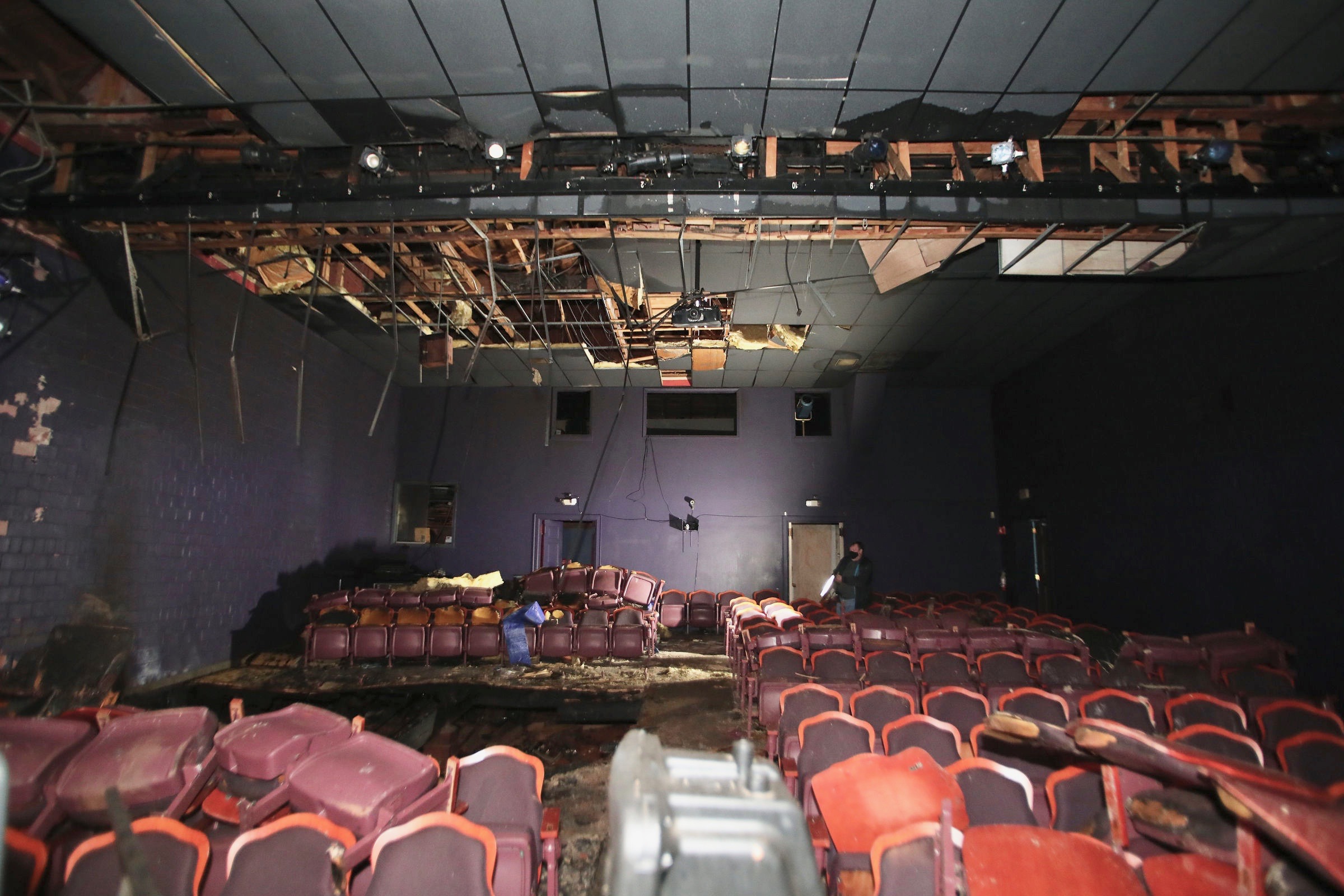
One of Charlotte’s oldest cultural organizations, Theatre Charlotte has overcome many challenges during its long history, but 2020 stands out as an especially trying year. First, the pandemic caused the cancellation of most of its performances, and then the fire destroyed its auditorium. However, its staff, volunteers, and community supporters are determined that this latest setback will not be the final curtain call for Theatre Charlotte.
The history of Theatre Charlotte traces back to 1927 when a group of nine women affiliated with the Charlotte branch of the American Association of University Women took an interest in the Little Theatre Movement that had taken root in several American cities in the years immediately following World War I. These women founded an organization that they called the Charlotte Drama League, and began holding regular meetings at the Carnegie Public Library. In June 1928, the Charlotte Drama League staged its first production, a reading of Outward Bound, in the basement of the library. This production proved to be but the first of many plays staged by the Charlotte Drama League.
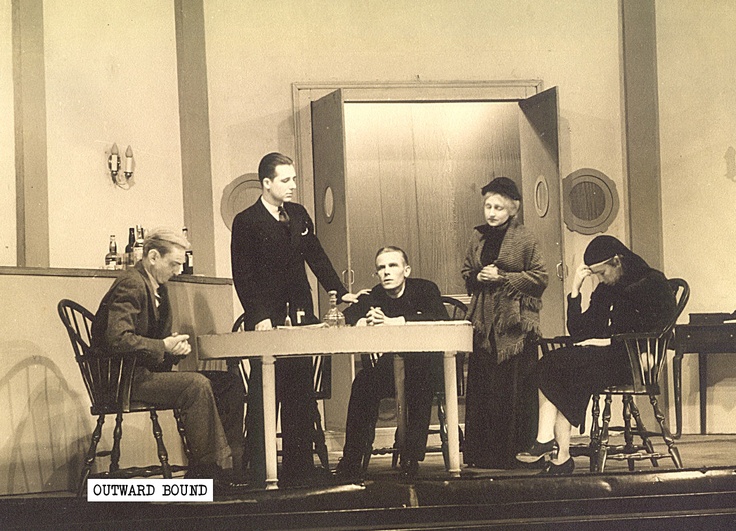
As the Drama League gained members and momentum, they made the decision to hire a professional director. In 1930, they hired Thomas B. Humble to serve as their director, a position he held until he retired in 1967. In 1931, the Drama League incorporated as the Little Theatre of Charlotte. For the next ten years, they staged productions in various venues around the city, including Baird’s School, Alexander Graham Junior High School, and the gymnasium of the Thompson Orphanage, but their goal was to have a permanent home.
In 1941, the Little Theatre of Charlotte moved into the current facility on Queens Road where, on December 1, they staged their first production, George Washington Slept Here, which ran through December 6. The very next day the bombing of Pearl Harbor occurred and put the U.S. into World War II. During the war years, the Little Theatre struggled to continue producing plays, but a core group of volunteers, most of whom were women, kept the theatre functioning. After World War II, the Little Theatre enjoyed many years of success as Charlotte’s main provider of live theatrical performances.
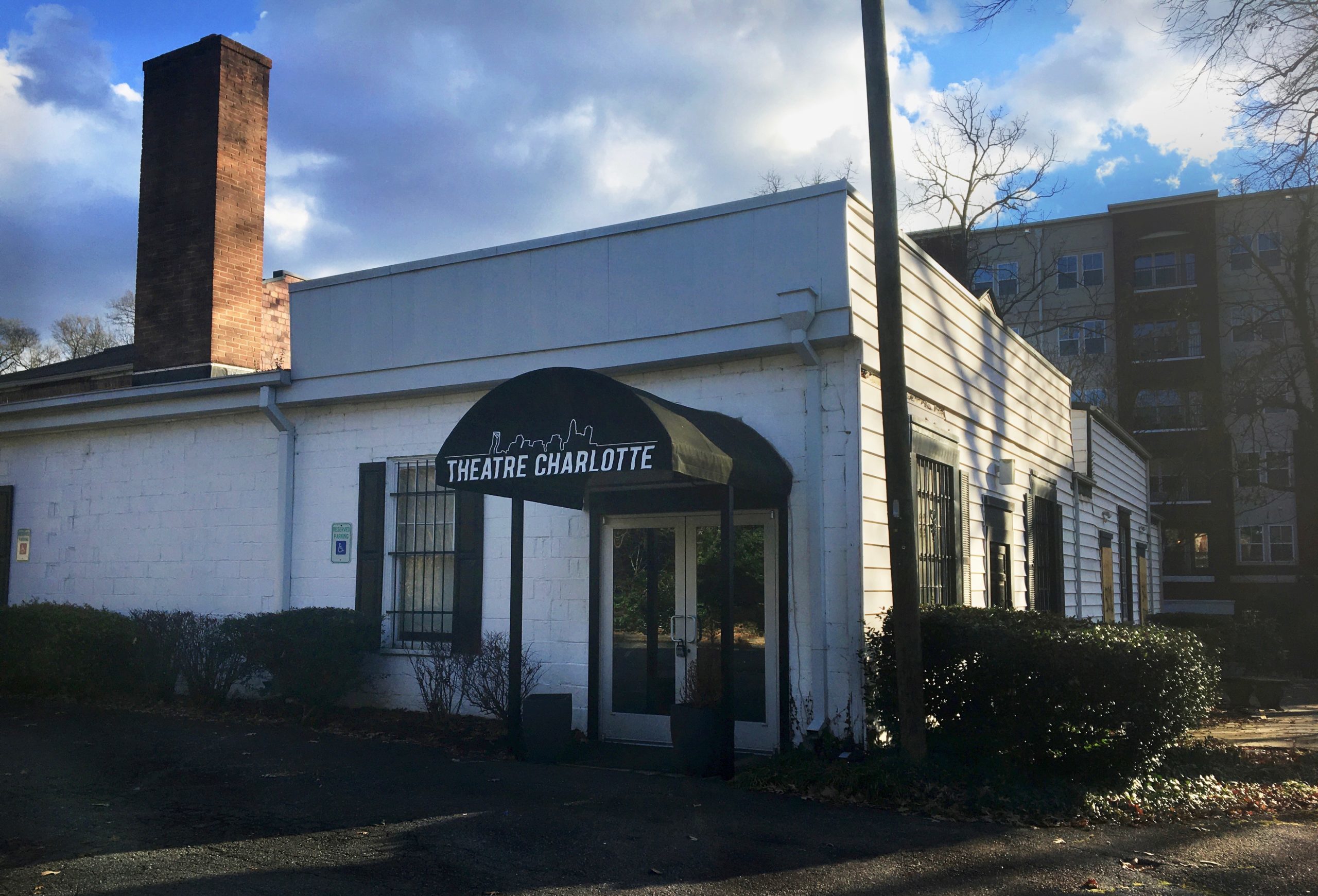
In the mid-1980s, the Little Theatre changed its name to Theatre Charlotte. During this time, other theatrical organizations began producing plays in Charlotte, but Theatre Charlotte stayed relevant in part by producing more innovative and sometimes controversial plays.
“We started doing plays and musicals that were not tried and true. We did Sweeney Todd, The Full Monty, and Spring Awakening, and our audiences were intrigued and excited,” said Pat Heiss, a former president of the board for Theatre Charlotte and a longtime member of the Theatre Charlotte community.
The ongoing success of Theatre Charlotte is based on its identity as a volunteer-based community theatre. Every year approximately 500 volunteers participate in Theatre Charlotte productions and projects.
“Everybody is welcome. It’s a safe place where actors and lovers of live theatre can make a difference in our community,” Heiss said. “I first became involved with Theatre Charlotte in 1961. I was new to Charlotte and interested in theatre. A friend introduced me to the Little Theatre of Charlotte, and there I found a true community theatre that welcomed everyone interested.”
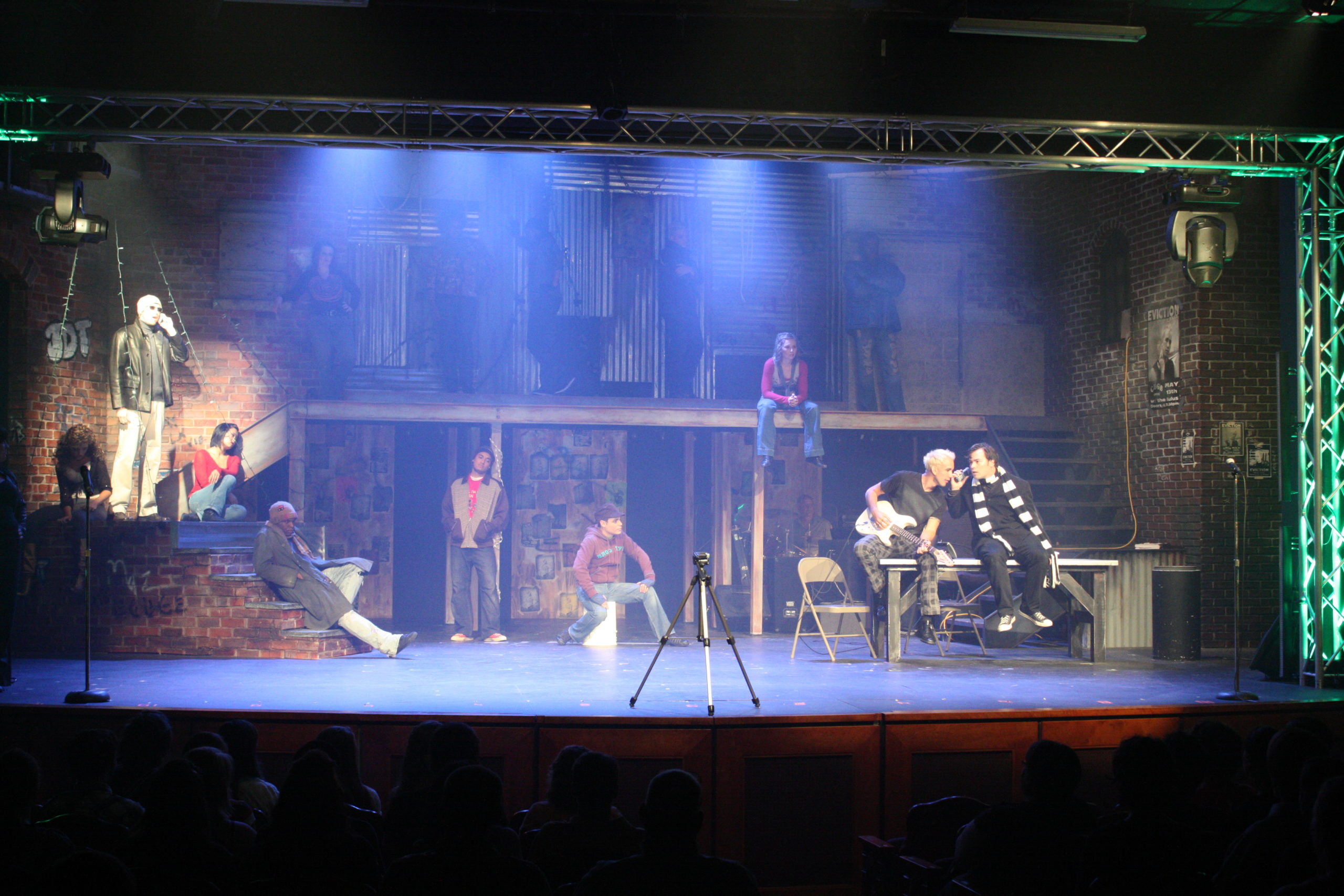
Chris Timmons, Theatre Charlotte’s current associate artistic director, believes that community involvement is the reason Theatre Charlotte has lasted so long, and he feels confident it will enable the theatre to rebuild after the fire.
“The day after the fire, I was overwhelmed by the outpouring of community support. People called and offered to help. They made donations. They shared their stories about their experiences at our theatre. Theatre Charlotte is not the only theatrical game in town, but it is Charlotte’s oldest self-supporting theatre. It has a special place in Charlotte’s cultural history.”
Like many businesses during the pandemic, Theatre Charlotte has been crippled by the inability to gather, but the physical damage from the fire is something no one could have expected. A relief fund has been started to keep one of Charlotte’s historic buildings and longstanding performing arts organizations alive and well.
If you are interested in helping Theatre Charlotte rebuild its fire-damaged auditorium, you can donate here.
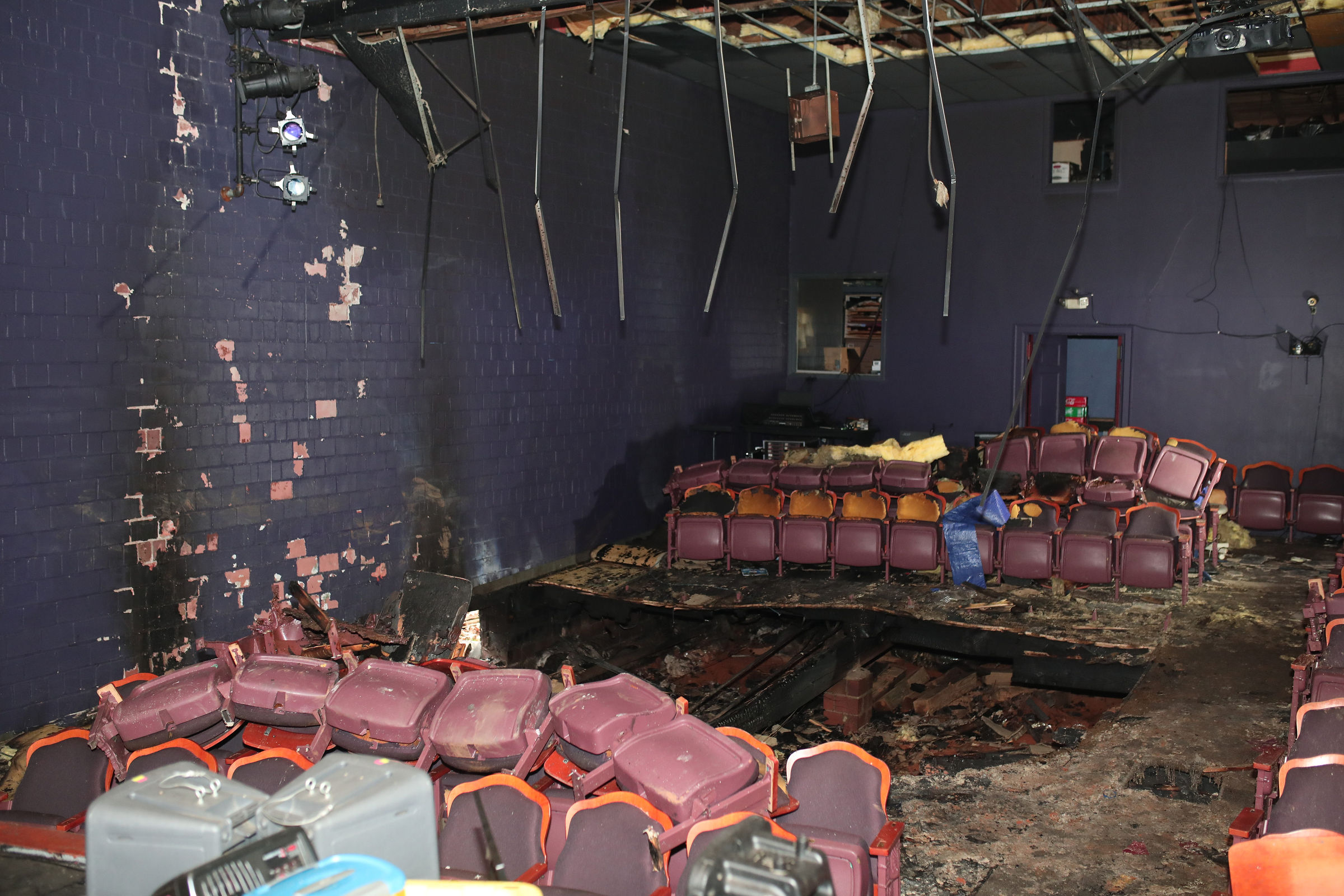
Read next:
